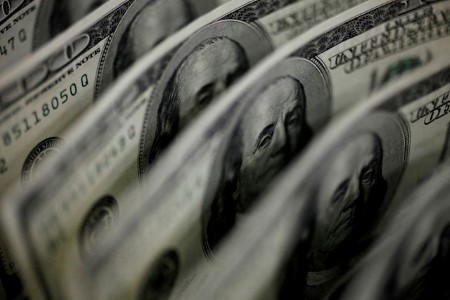

INSIGHTS 

INVESTMENT STRATEGY
THE BASICS
DOWNLOADS 

 DOWNLOAD
DOWNLOAD

 DOWNLOAD
DOWNLOAD

 DOWNLOAD
View all Reports
DOWNLOAD
View all Reports


Philippines Trade Update: Trade trajectories trend along
 DOWNLOAD
DOWNLOAD

Economic Updates
Policy Rate Updates: Double cut finale
 DOWNLOAD
DOWNLOAD

Economic Updates
Monthly Economic Update: One for the road
 DOWNLOAD
DOWNLOAD
Follow us on our platforms.


Rates & Bonds
4 MIN READ
US yields advance as markets consolidate ahead of Fed speakers, economic data

This article originally appeared on reuters.com





 By Reuters
By Reuters